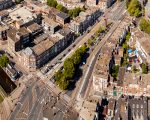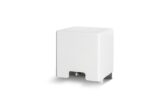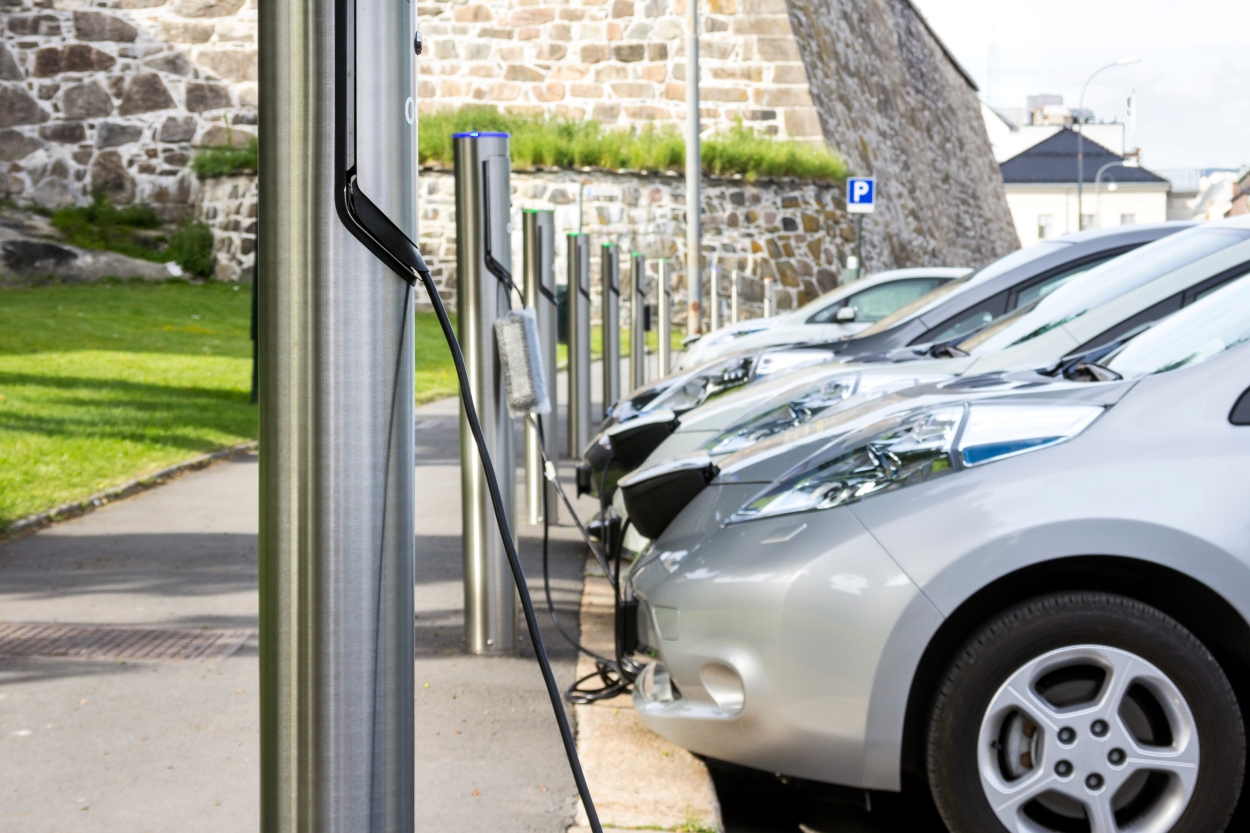
Clean electric mobility due to innovations in the supply of power
The percentage of electric cars and bikes as a proportion of road traffic is growing fast, with positive effects, such as lower emissions of carbon dioxide and other harmful substances. But how do we meet the rapidly growing demand for electricity, and what does Clean Mobility mean for infrastructure and for the power grids? A conversation between two passionate professionals.
Traffic networks and power grids
The electrification of mobility is creating a strong interdependence between traffic networks and power grids. Most people realize that the traffic network is under strain due to the constant growth of traffic. But the power grids are also facing huge pressure as sustainable energy sources are growing and overall electricity consumption is increasing, for instance due to a switchover from gas consumption.
Jop
Jop Spoelstra is an innovation manager at Technolution. He is always looking for new ways of using technology to solve societal problems, and one of his favorite topics is Clean Mobility. Across from him is Colin Willemsen, a business developer at Phase to Phase. Phase to Phase supports grid operators with innovative software to perform power grid calculations and create visualizations. The energy transition – the transition to sustainable energy – is a constant theme in Colin’s day-to-day work.
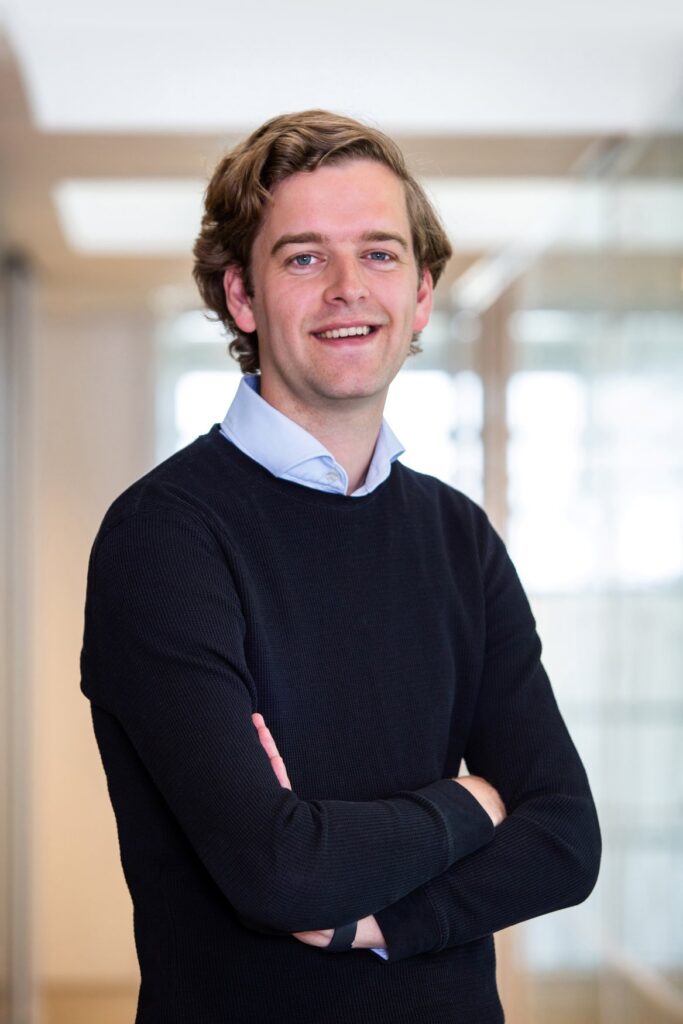
Jop Spoelstra
Jop: “There are a lot of challenges involved in Clean Mobility and electrification. For example, cities are thinking of allowing in only electric vehicles – zero-emission zones. But this means you need a charging infrastructure in and around the city. Battery capacities and charging speeds are improving, and the result is that pressure on the power grids is on the increase. And most people charge their electric cars at the same time, the end of the day – exactly the time that everyone switches on their electric cookers and lights.”
Colin: “The latest electric cars can charge at 270 kilowatts, whereas the average transformer that supplies electricity to a whole residential area has a power of 400 kilowatts. Charging at 270 kilowatts is currently possible only with special fast chargers, but it does help to get a sense of the problem. So far, so good, but what will the situation be like in ten years’ time? The energy sector is expecting that nearly two million charging stations will be in place by 2030. Almost thirty times the number there are now.”
Jop: “And the logistics sector is also beginning to switch to electric freight trucks. That’s a huge investment that has to be earned back, which means these trucks need to be on the road as much as possible
and charging time has to be minimal. And often, trucks too are charged at the end of the day.
Colin: “Ideally, you would meet this demand with solar and wind power, but solar power in particular is generated during the day. We’re already seeing solar panels being disconnected in the afternoon because the mains voltage is too high. This kind of congestion happens on sunny days in areas with a lot of panels. There’s no immediate benefit of this for charging electric cars, because they are mostly charged in the evening and at night.”
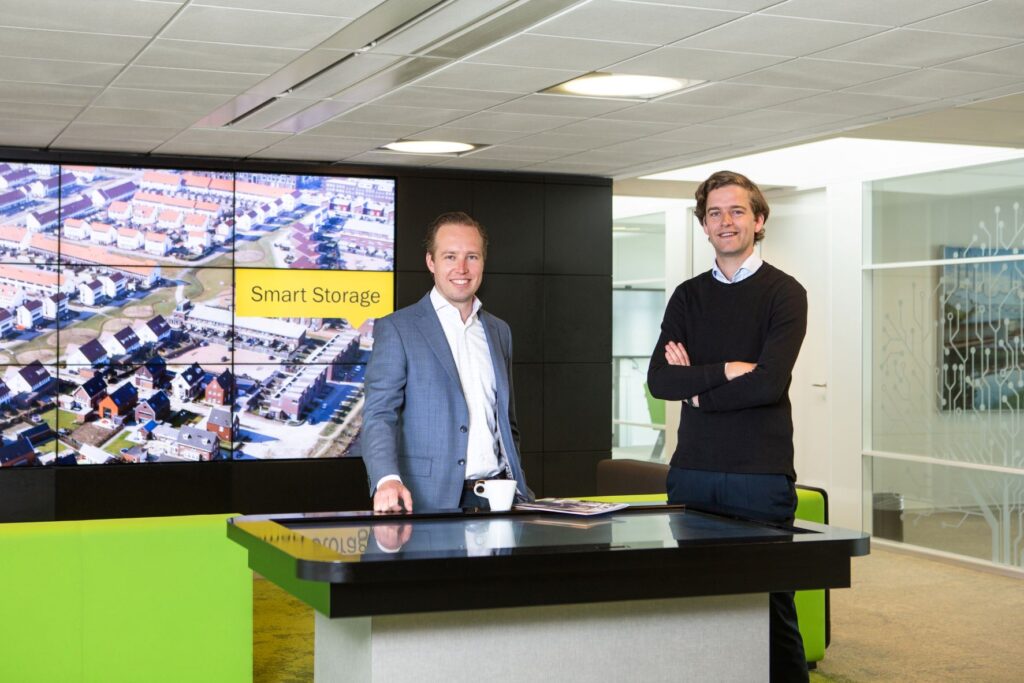
Congestion doesn’t happen only on the road
Traffic congestion – traffic jams – can be reduced by encouraging road users, through smart measures and systems, to avoid peak hours or to take the train or the bike. Even a limited reduction of three or five percent of road users has a substantial effect on the number of traffic jams. It used to be possible to prevent congestion on power grids – overload – because electricity generation was totally regulated. But this is a lot more challenging today, due to the rise of unregulated sustainable sources of power. In addition, the trend is actually that grid load is getting heavier: more sustainable energy sources, but also electricity rather than gas, electrical cars instead of petrol or diesel.
Colin: “People aren’t yet really experiencing congestion, because the proportion of electric cars is still quite limited. In the worst-case scenario, the grids become overloaded and there is a power outage. And then you need a technician to come and fix it. The grid operators’ first impulse is always to expand the network, preferably for the next twenty, thirty years. But the problem is that the growth of electricity consumption has changed. Previously, it would be at the rate of a few percentages per year, but currently it seems to be exploding. It’s really hard, with these rapidly changing technologies, to predict what grid loads will be like in twenty years’ time.”
Jop: “Grid operators are also looking at possibilities to influence energy consumption and production. How can they involve individual consumers in this and how can they make consumption and production more flexible? For such flexible energy sources are located where in the
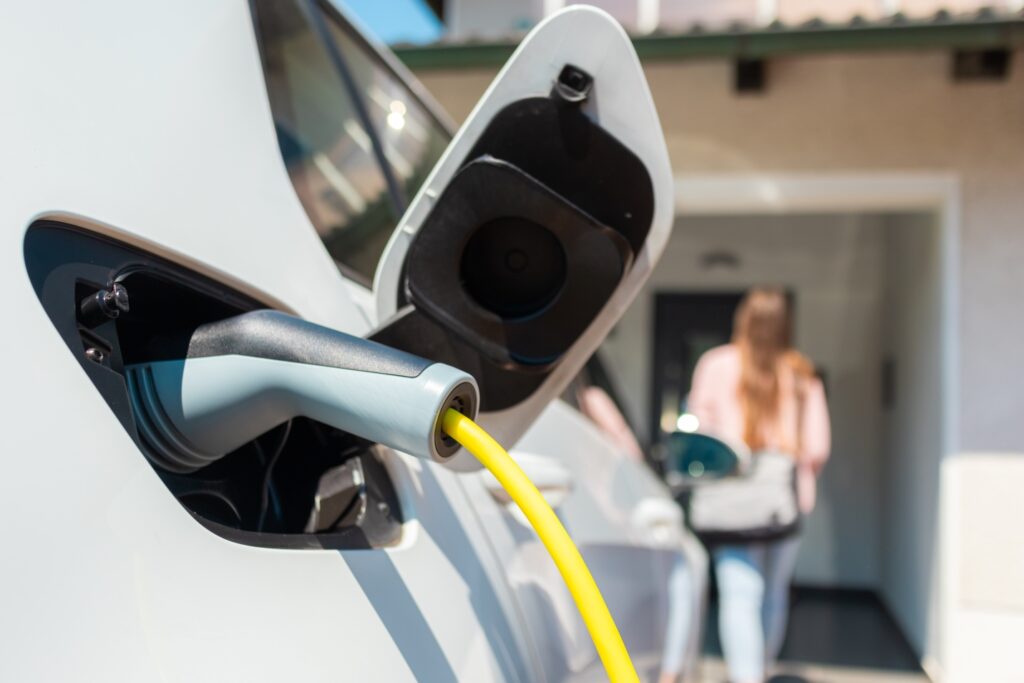
network, determine what a scalable architecture could be to gather that information and invoke these services through command signals. But this implies that the devices in question are suited for this, and of course the consumer needs to have end control.”
Creating insight and predictability
Electric cars could have a role to play in flexible energy solutions. By influencing car charging speeds, grid operators can reduce the pressure on the grids. It is even imaginable that electric cars might locally feed back energy at times of high demand. But the technology to do this is still in its infancy.
Colin: “The grid operators first want more insight and more predictability. That’s what we can offer with Phase to Phase software. We process information from electric devices, energy sources and other assets in realistic models that grid operators can use to perform calculations. These digital twins can be used to predict congestion and voltage problems and to see if flexible energy services might offer a solution.”
Jop: “There is an analogy here with mobility. If you want to optimize traffic flows, you also first need insight to be able to make predictions. We can already do this quite well for motorized traffic, but we still need technology that can monitor the other modes of transport, such as cyclists and pedestrians. This is why we developed the FlowCube.”
Colin: “We’re also creating new insights in the field of electricity. Together with Technolution, for instance, we’re working on the FlexCore, an edge computing platform that is installed in medium-voltage spaces. This is an open platform that we can connect all kinds of sensors to, to do measurements, analyze data and send these insights to the
grid operator. In addition, we’re working on privacy-secure ways to transform smart meter data into information to detect congestion at an early stage.”
Jop: “The development toward Clean Mobility means these questions are all at the forefront of our thinking. Just to muse a bit on the collaboration between Technolution and Phase to Phase: I can see great solutions in which energy consumers are individually involved in improving grid stability. In the field of mobility, there’s already a lot of cooperation between traffic control centers and private service providers to offer tailor-made options to road users while safeguarding collective interests. There are a lot of possible future scenarios. At the moment, we’re focusing on seeing and understanding what is happening, and on creating tools to get to grips with those scenarios. Exactly the kind of thing Phase to Phase does, really. It’s going to remain an interesting subject area to work on.”
Colin: “Absolutely, an interesting and dynamic subject.”

